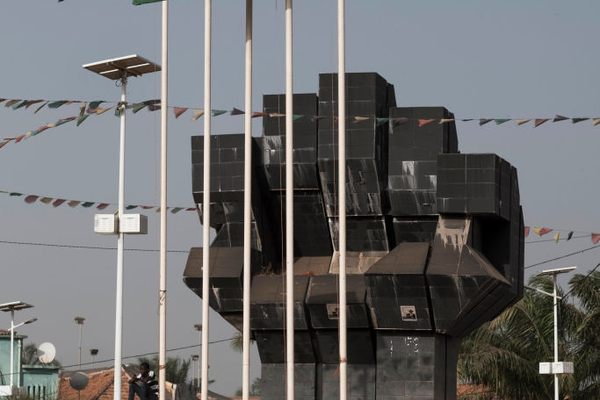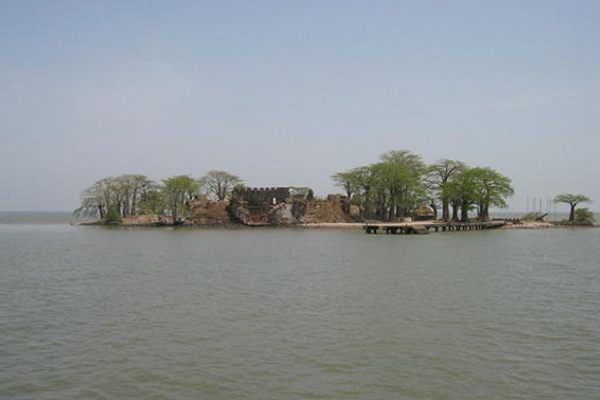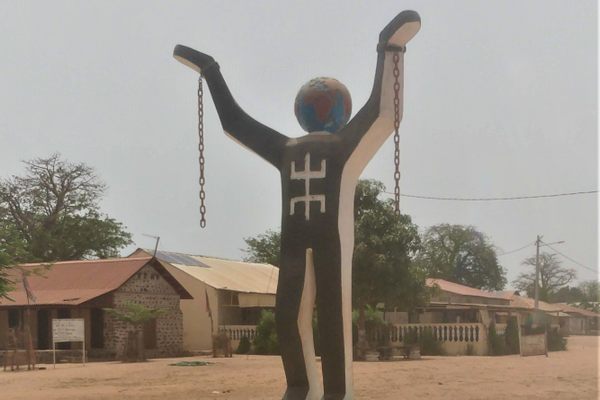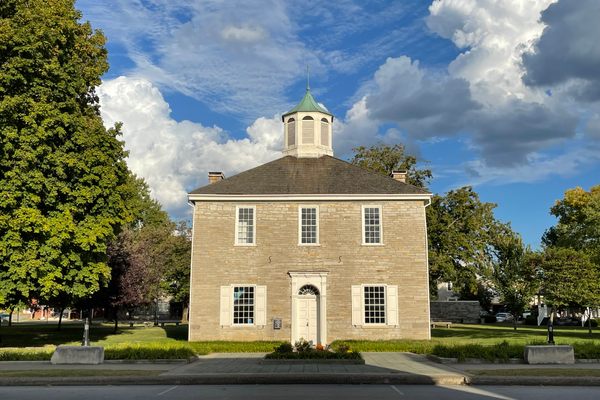AO Edited
Presidential Palace
Built by Portuguese colonizers, the palace is now the seat of power for the independent nation.
Located in the heart of the capital city of Bissau, the pink-hued Presidential Palace has borne witness to much of the country’s history. Portuguese colonizers originally built the palace. At the time, it was one of the largest buildings in Bissau. But since Guinea-Bissau gained independence in 1974, the palace has been the home of the country’s sitting president. [Delete: When it was built, the palace was one of the largest buildings in Bissau. It long stood as a symbol of Portuguese oppression, but was remade into a symbol of independence after 1974.] During the 1998-1999 Guinea-Bissau Civil War, the palace was bombed and fell into disarray for more than a decade. A colony of bats moved into the palace shell.
In 2013, the Chinese government helped to fund the restoration of the palace putting a total of $8 million into the project. The palace reopened in 2015. At the ceremony, Prime Minister Rui Duarte Barros said, “China is the only partner which does not demand anything in return when it finances construction projects in our country. It’s a key partner.” China has also helped to fund other building projects in the country, including a courthouse, the parliament building, and a 20,000 seat stadium.
In addition to being the president’s home, the palace is also used for government cabinet meetings.
Know Before You Go
The palace’s security is wary of people taking close-up photos of the building.















Follow us on Twitter to get the latest on the world's hidden wonders.
Like us on Facebook to get the latest on the world's hidden wonders.
Follow us on Twitter Like us on Facebook